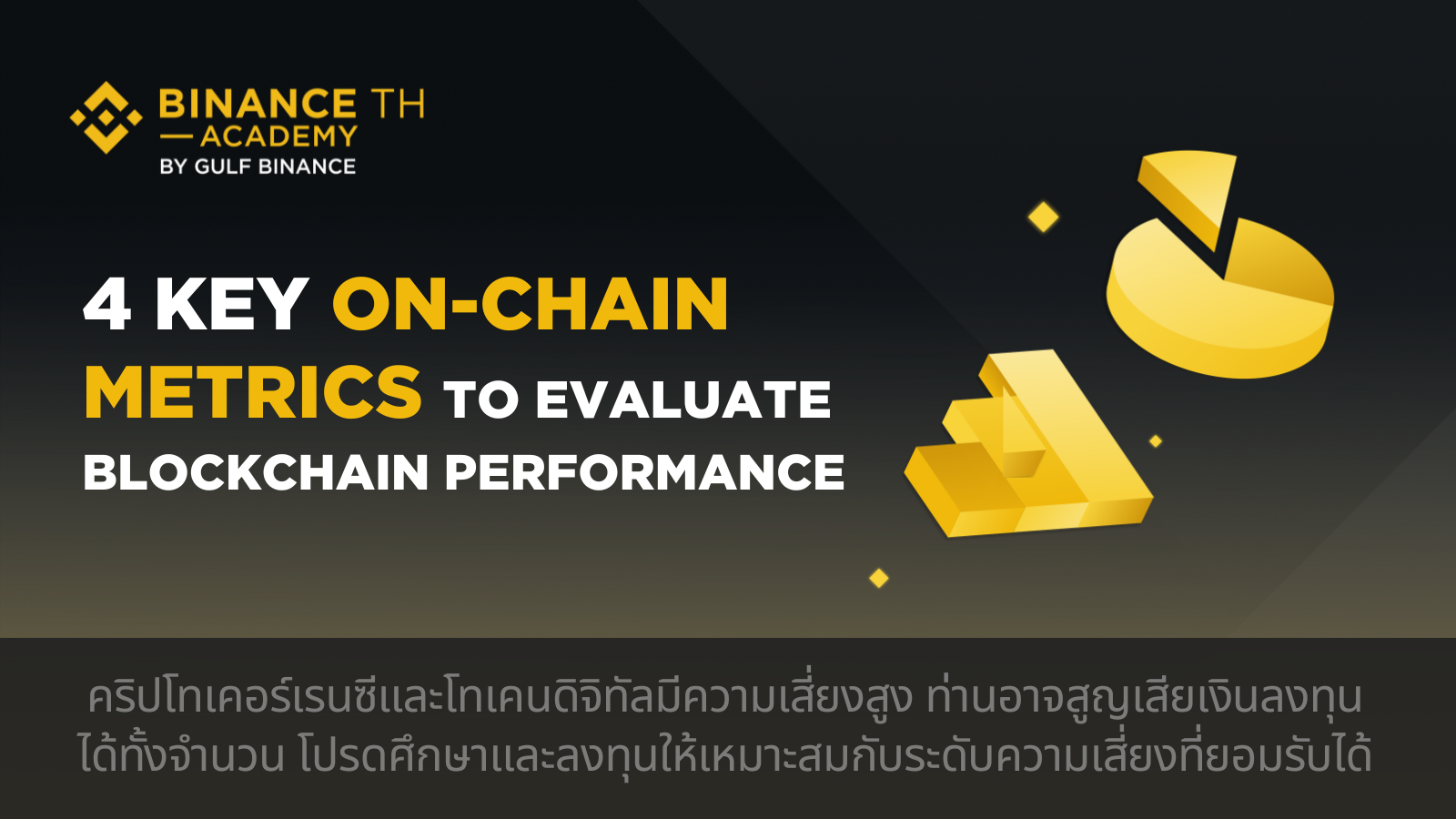4 Key On-Chain Metrics to Evaluate Blockchain Performance

To analyze the potential of a blockchain, it’s important to understand the characteristics of its network, Can it compete? What are its strengths? Can it handle a high transaction load? How fast is it? Does it have real users and an active developer community?
On-chain metrics are data recorded directly on the blockchain, verifiable from the network itself. Examples include daily transaction count, active addresses, or developer commits on GitHub.
How to Access On-Chain Data
Run your own node – pull raw data directly, but it is costly and time-consuming.
Third-party APIs / websites – more convenient, e.g.
Chainspect, Token Terminal – provide on-chain data charts
Binance Research – offers in-depth reports on various projects
4 Important On-Chain Metrics
1. Transactions per Second (TPS)
The commonly used measure is Real-Time TPS, which shows how many transactions the network processes per second at a given moment.
High TPS → the system efficiently handles demand, Low TPS → either demand is low or the network struggles under load (slow, congested).
Real-Time TPS is a value derived from actual usage, not maximum potential. To know the theoretical limits of the system, look at Max Theoretical TPS. For The highest practical record ever achieved, look at Max TPS, which indicates the maximum capacity the network has ever achieved in the past.
2. Transaction Count
This is the total number of confirmed transactions added to the blockchain. It reflects overall activity and user engagement with the network.
More transactions = higher real usage. Long-term trends can be analyzed with moving averages to see if usage is consistently growing.
Caution This number can be artificially inflated. For example, a single user may repeatedly send tokens between their own wallets to mimic high activity.
3. Active Addresses
This measures the number of unique addresses making transactions over a given period. Daily Active Addresses (DAA) counts distinct addresses active within 24 hours.
A strong indicator of how many real users are interacting with the network’s apps or blockchain itself.
4. Core Developers
This tracks the number of unique developers committing code at least once to the project’s public GitHub repositories during a given timeframe.
Reflects the size and activity of the engineering team. More developers = more chances for continuous innovation and new products. A sign of a healthy, vibrant ecosystem that can attract users over the long term.
Conclusion
Monitoring on-chain metrics is essential for evaluating blockchain potential. They provide insights into both technical capacity and real-world adoption, as well as the sustainability and growth of the ecosystem.
